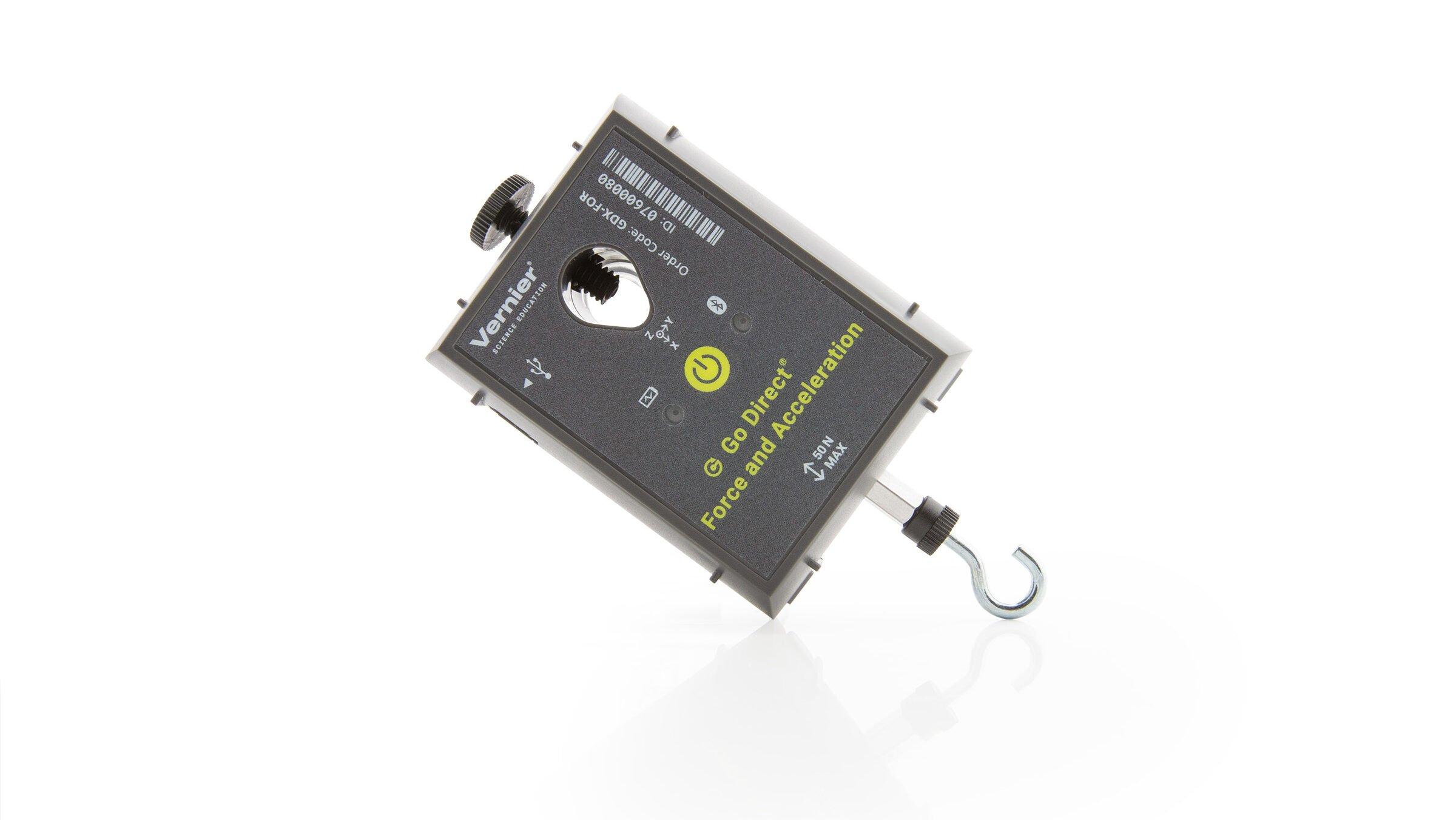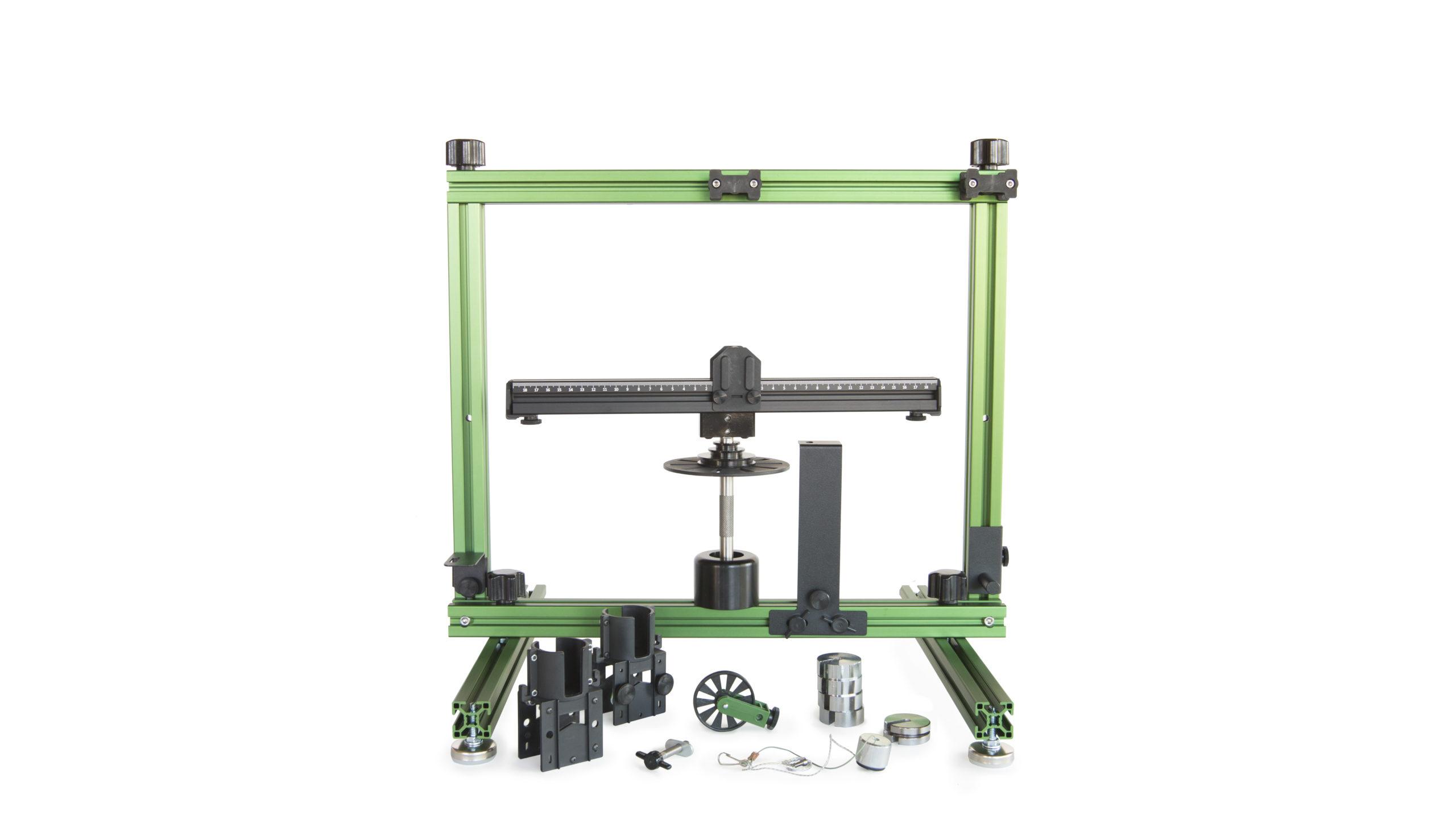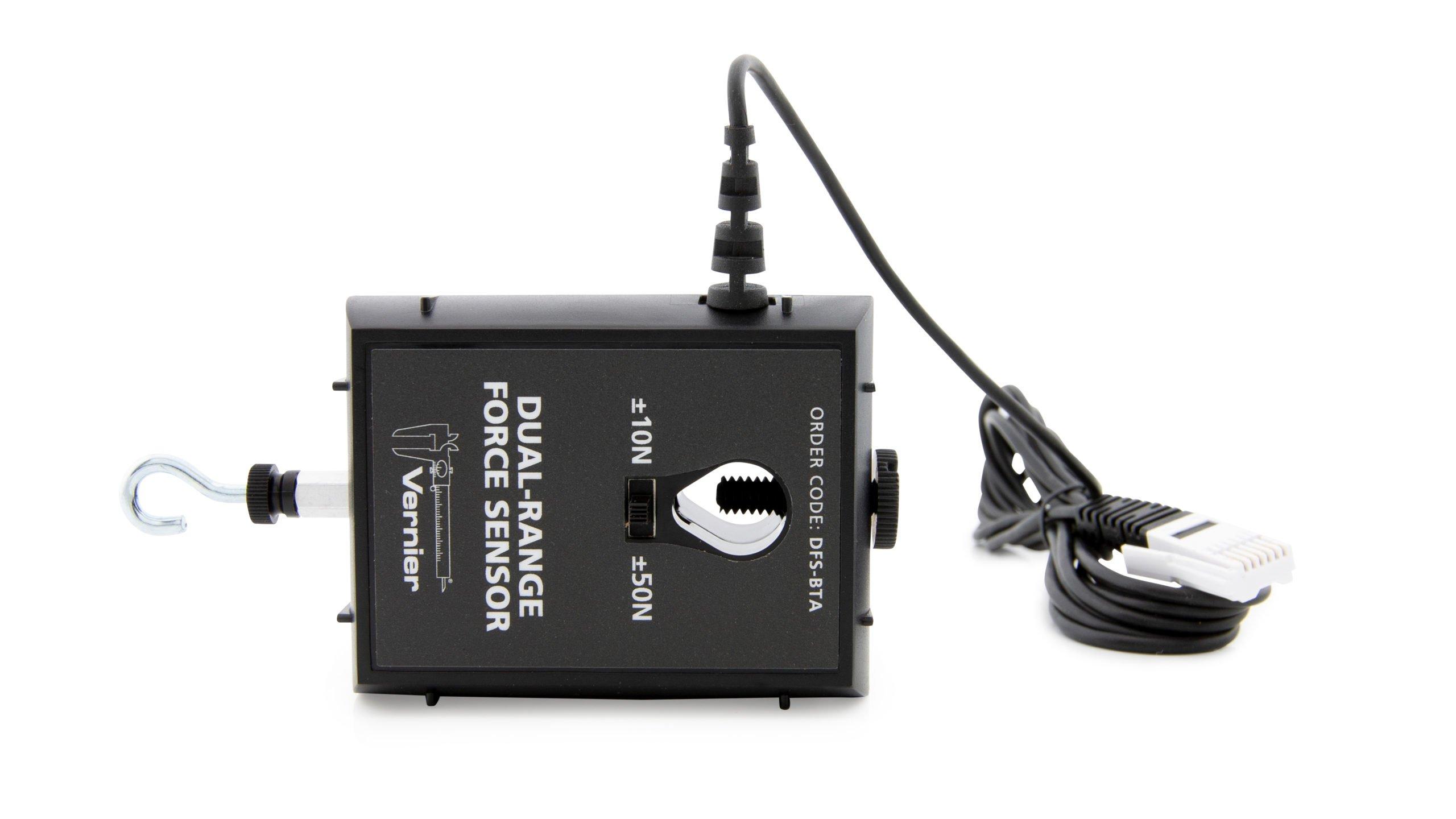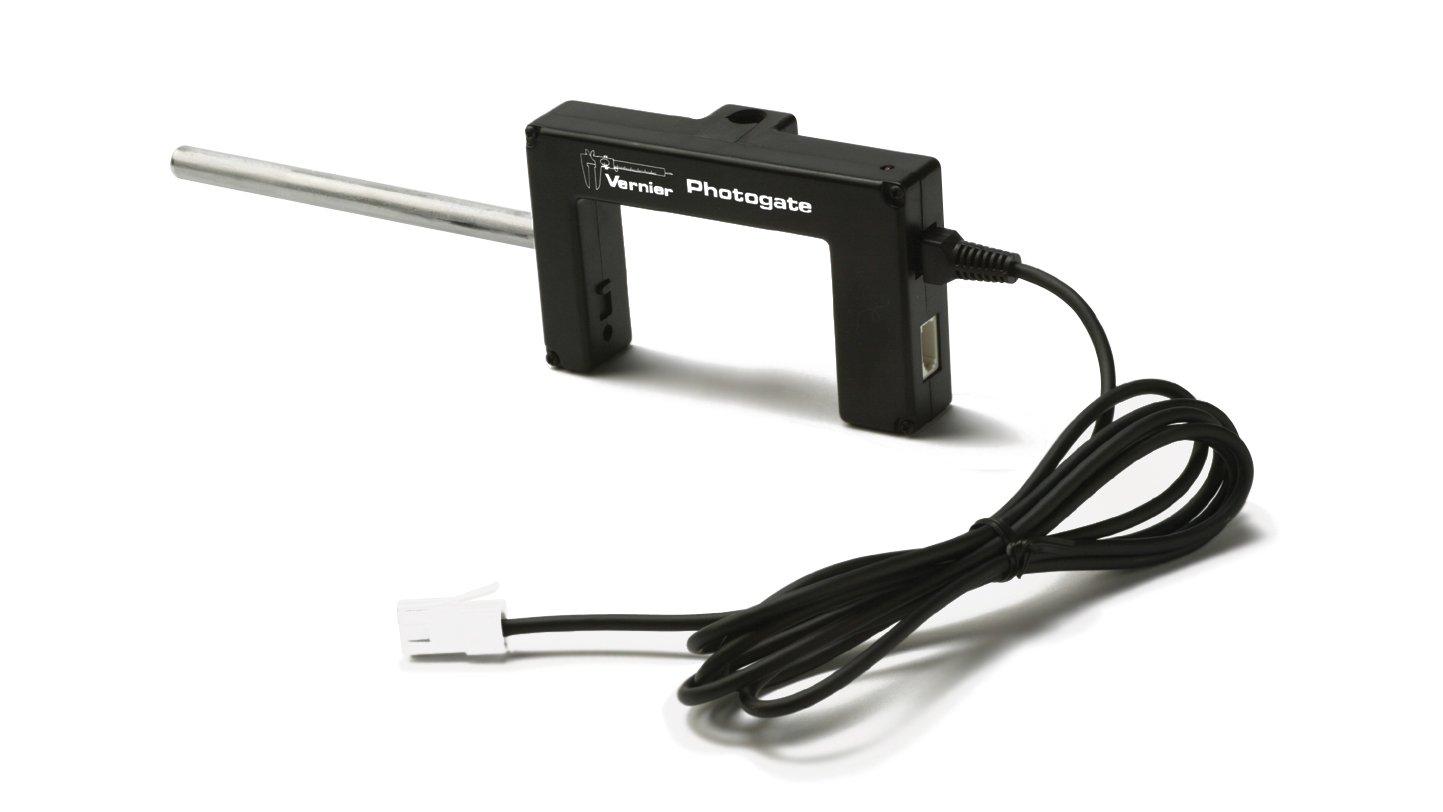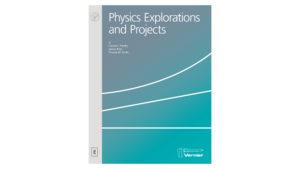Introduction
The goal of this activity is for students to determine the relationship between the (angular or linear) velocity, radius, and mass on the centripetal force or acceleration necessary to keep an object moving in a circular path.
In the Preliminary Observations, students will observe an object that is swung on a string in a circular path. Students then explore force (or acceleration) and circular motion using a method of their choosing, though instructors may provide a limited number of choices.
During the subsequent inquiry process, students may use a variety of tools ranging from a mass on a string to the Centripetal Force Apparatus. This activity can also be done virtually using Pivot Interactives.
Students should finish the activity having evaluated data graphically and developed an expression relating a center-pointed (centripetal) net force to the properties of circular motion.
Objectives
- Design and perform an investigation.
- Draw a conclusion from evidence.
- Understand that the centripetal force acting on (or the centripetal acceleration of) an object moving in a circular pattern is governed by one of two relationships
Sensors and Equipment
This experiment features the following sensors and equipment. Additional equipment may be required.
Correlations
Teaching to an educational standard? This experiment supports the standards below.
- International Baccalaureate (IB) 2025/Physics
- The students should understand that bodies moving along a circular trajectory at a constant speed experience an acceleration that is directed radially towards the centre of the circle—known as a centripetal acceleration as given by a = v2/r = w2r=4π2r/T2
- The students should understand that circular motion is caused by a centripetal force acting perpendicular to the velocity
- The students should understand that a centripetal force causes the body to change direction even if its magnitude of velocity may remain constant
- The students should understand that the motion along a circular trajectory can be described in terms of the angular velocity ω which is related to the linear speed v by the equation as given by v=2πr/T=wr
Ready to Experiment?
Ask an Expert
Get answers to your questions about how to teach this experiment with our support team.
- Call toll-free: 888-837-6437
- Chat with Us
- Email support@vernier.com
Purchase the Lab Book
This experiment is #8 of Physics Explorations and Projects. The experiment in the book includes student instructions as well as instructor information for set up, helpful hints, and sample graphs and data.

